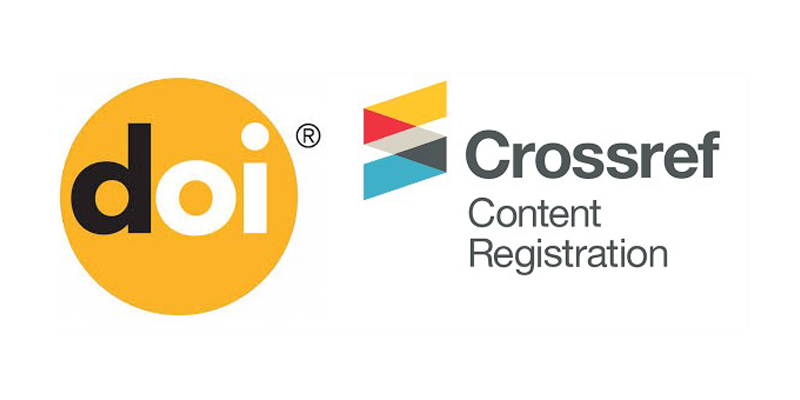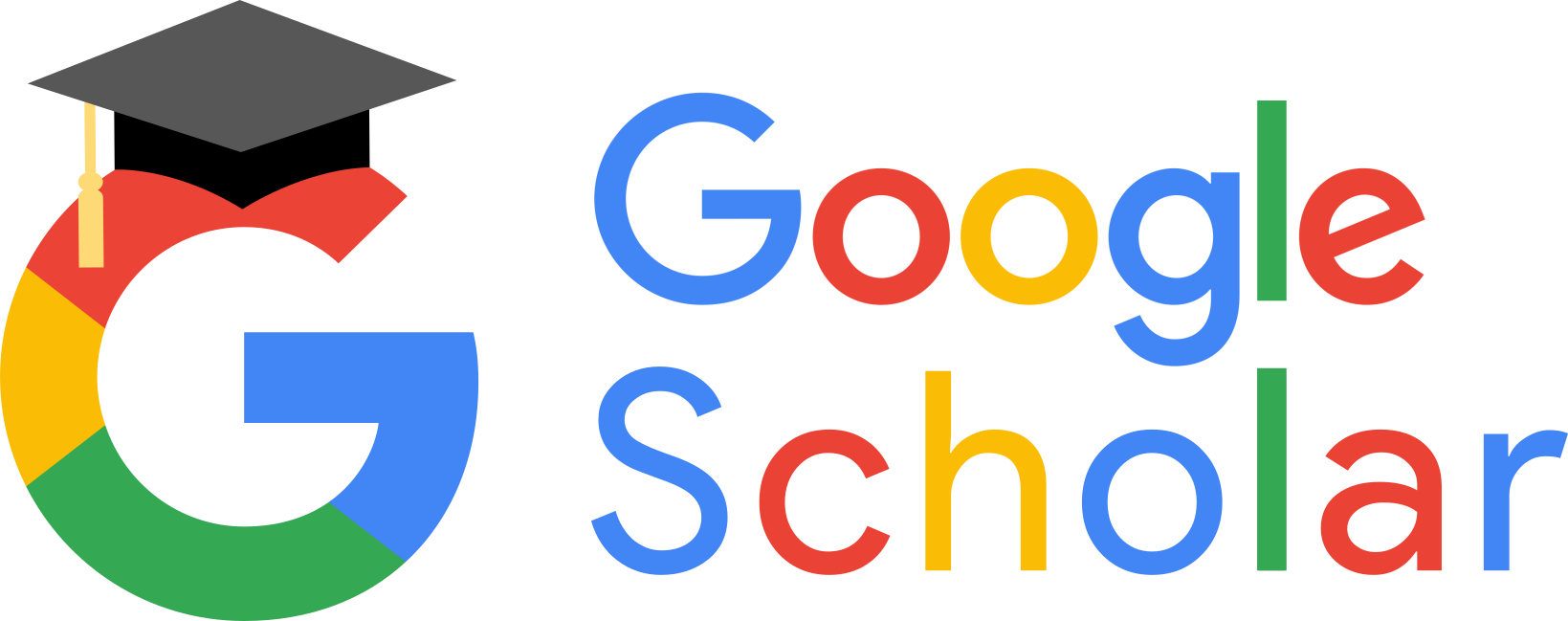Editorial policy
The full version of the editorial policy of the journal is available here
The journal aims to disseminate and promote original scientific results in current areas of theoretical and applied research in chemistry, geography and ecology in the scientific community:
The Section of Chemistry publishes original research articles and review articles on all aspects of fundamental and applied chemistry, including biological, environmental, forensic, inorganic, organic, physical and theoretical, and chemical engineering. Among other relevant topics are peer-reviewed articles and related information as a resource for chemical educators and institutions.
The Geography Section encompasses rational natural resource management and environmental protection, geographical forecasting, integrated regional development, recreational research, natural process modelling, and the advancement of geoinformation methods.
The Section of Ecology publishes original research articles and review articles on fundamental and applied research in environmental protection and rational nature management; study of air, soil and water quality problems; fauna and flora conservation; and socio-ecological aspects of sustainable development.
The objectives of the journal:
- Providing an opportunity to publish research results on relevant issues;
- Introducing global standards for scientific publications by involving leading scientists and specialists in relevant fields of knowledge in the review process;
- Increasing the rating of a scientific publication in domestic and foreign specialised databases;
- Enriching domestic and world science with new ideas regardless of geographical and institutional frameworks;
- Developing the journal as an "open access" scientific publication;
- Expanding the presence of the journal in international databases and open electronic resources;
- Ensuring the availability of the journal for foreign readers - publishing an extended presentation of the essence of the study in English (Abstract), keywords (Keywords) and transliteration of the list of references in the Latin alphabet (References).
Publication languages: Kazakh, Russian, English.
Frequency: 4 times a year.
Open access policy: The main principle that implements the scientific publication policy is that free open access to research results increases general knowledge.
Archiving: Electronic versions of the scientific journal are provided to JSC "NCSTE" to form a collection and include it in the electronic library. The journal archives materials in Elibrary.ru.
The editorial board of the "Bulletin of L.N. Gumilyov Eurasian National University" does not prevent its authors from posting published materials on third-party repositories.
Publication conditions: All manuscripts received by the journal's editorial board, "Bulletin of L.N. Gumilyov Eurasian National University", must meet the technical and other requirements of the publication and undergo anonymous peer review. Based on the reviews received, the journal's editorial board makes a final decision. More than one (co-authored) publication in the same journal issue is prohibited. The author (s) are responsible for the content of the article.
Licensing: The scientific journal Bulletin of the L.N. Gumilyov Eurasian National University provides free access to its content under the Creative Commons Attribution-NonCommercial 4.0 International (CC BY-NC 4.0) license. Authors retain their copyright and have the opportunity to copy and distribute the material freely, provided that the authorship of the work and a link to this journal are indicated.
Authorship and Artificial Intelligence (AI). Checking for plagiarism also includes checking for material paraphrasing from various sources using artificial intelligence. The editors of the journal support the position of COPE on the following key points
1) AI cannot be listed as an author.
2) If authors have used AI tools in writing the article, the "Materials and Methods" section must indicate how the AI tool was employed and which tool was used. Authors are entirely responsible for the content of their manuscript, including those parts generated by the AI tool, and are, therefore, liable for any violation of publication ethics.







